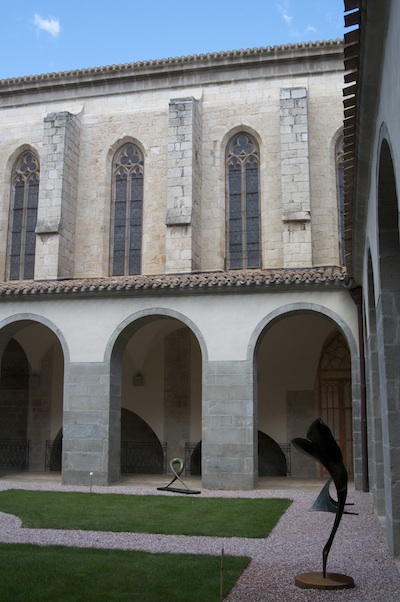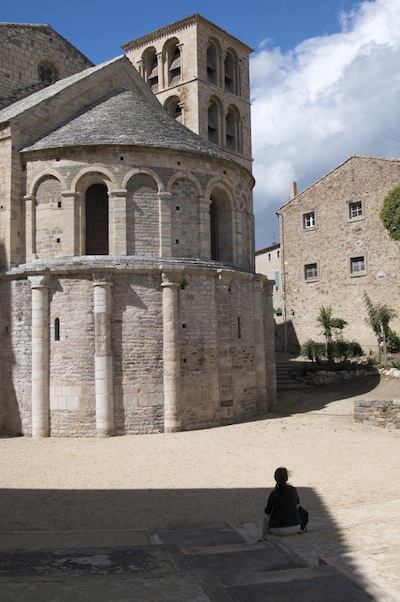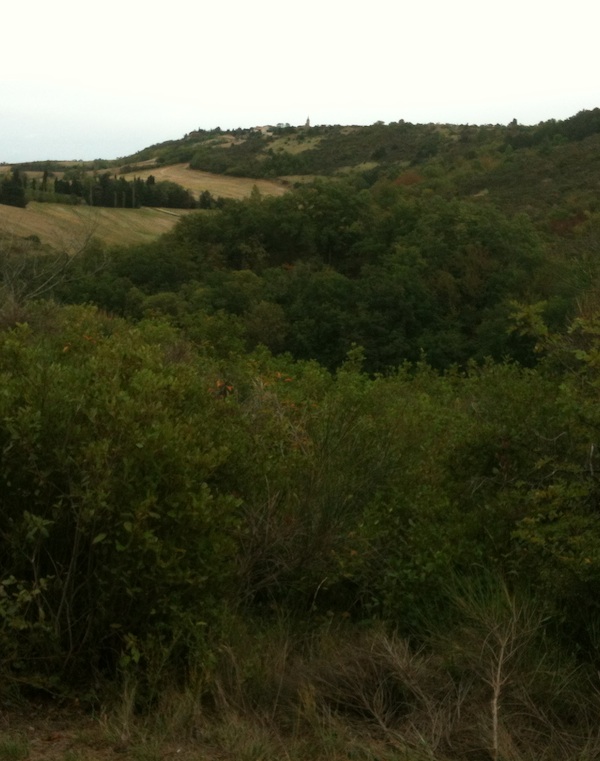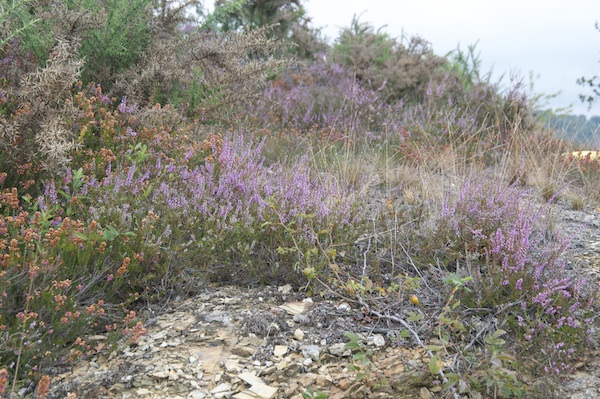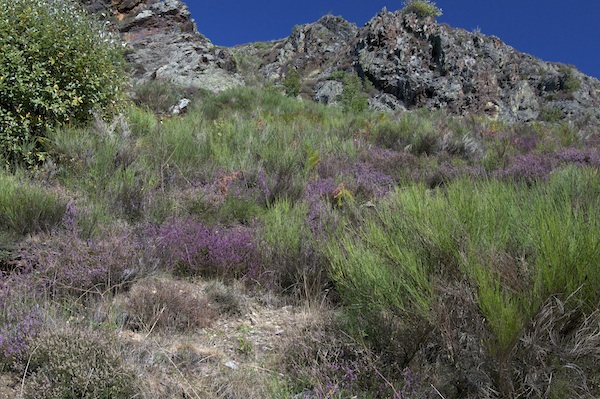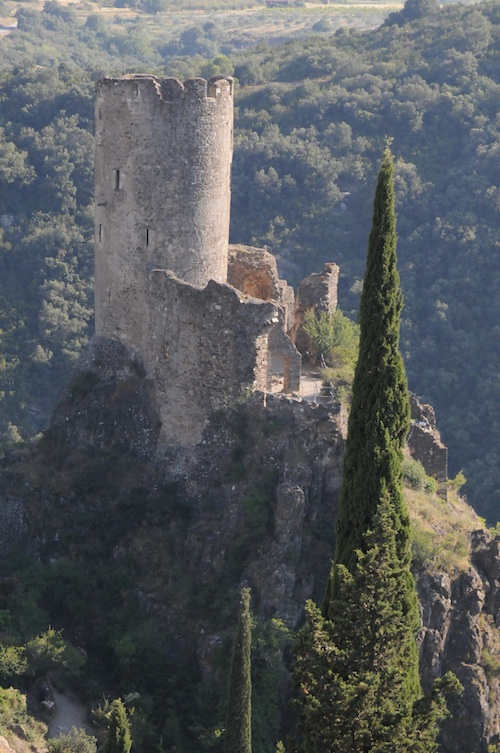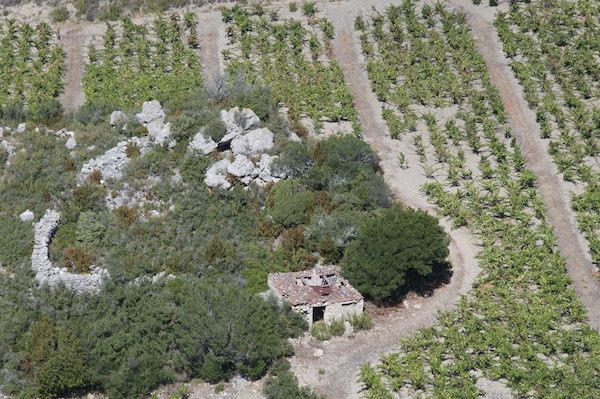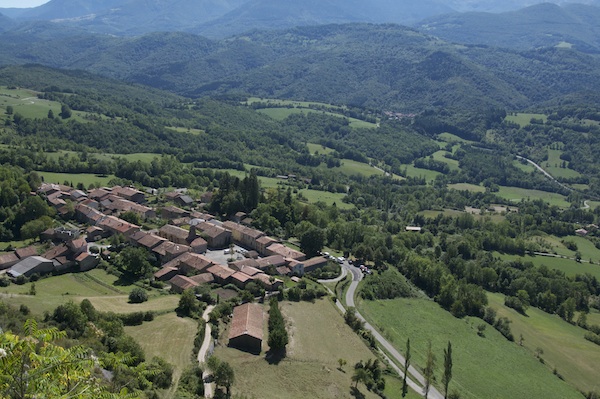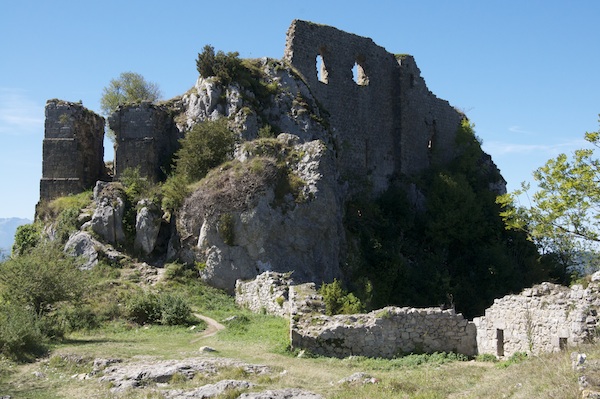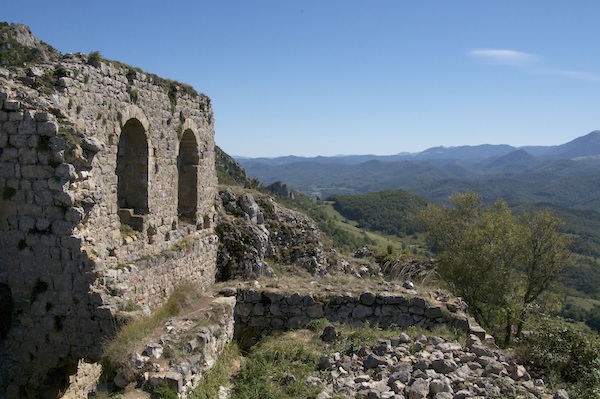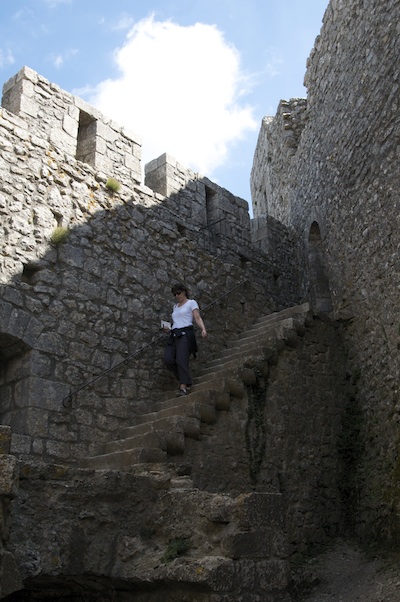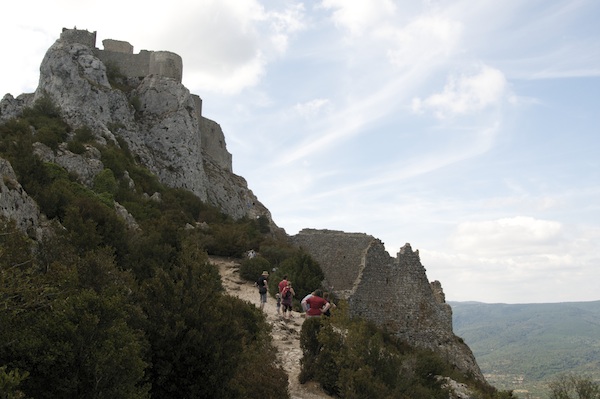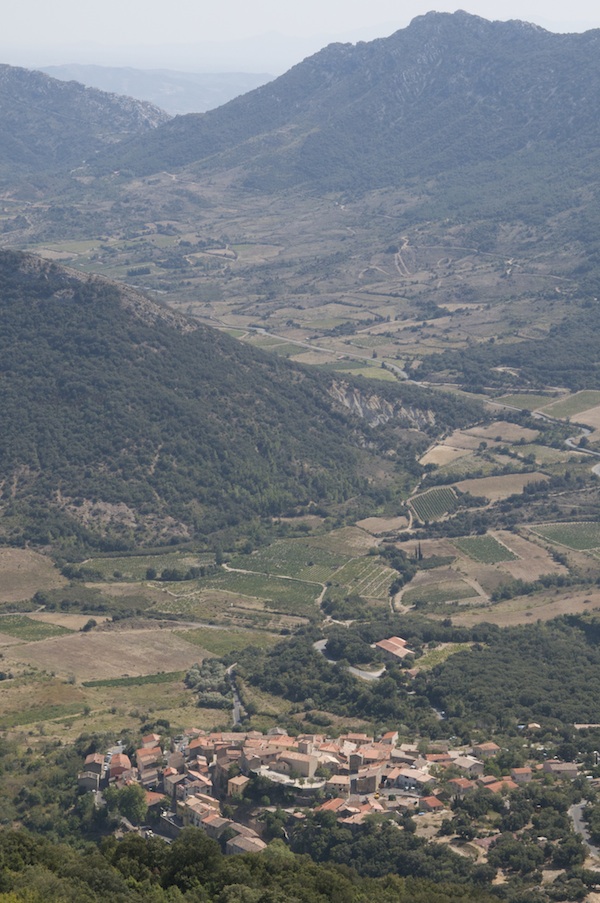
If you ask Gaston what he considers to be the defining qualities of good French bread, his eyes lose focus and a dreamy expression comes over his face.
You may prompt him: “Crusty? Fluffy?”
That snaps him back into the moment. “No! Absolutely not.”
I agree with his disagreement.
The best French bread bears little resemblance to the loaves and sticks we find in most North American supermarkets.
Good French bread has a slightly tough, crunchy, chewy crust. The bread’s flesh is very springy and slightly chewy—with substance, yet also with measurable, sometimes even large-ish air pockets. The texture tells you whether the dough was adequately worked before set to rise, activating and harnessing the long protein chains of gluten in the wheat, or wheat, rye, even barley or oat, flour combination.
The French take their bread seriously. No fluff-puffs or tasteless roll-into-doughballs for them. Bread, after all, is part of French heritage, and figures prominently in the history of the country. For instance, when told that peasants and workers were marching on Paris in 1789 because they had no bread to eat, Marie Antoinettes is said to have suggested, “Let them eat cake” (or brioche, more likely, given what she ate instead of peasant bread). The story is apocryphal; regardless, a lack of flour for bread was a trigger for the storming of the Bastille in July, 1789.
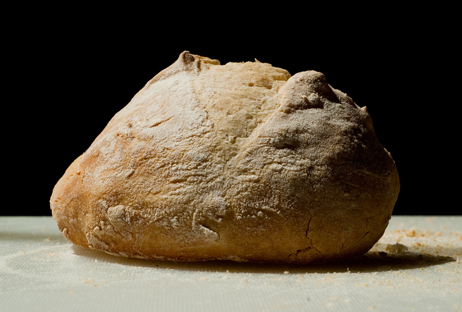
And we all know where that led.
Yet, in recent years, bakeries across France have been closing. And, yes, it is now possible to get a baguette or loaf in France that just doesn’t measure up.
A baker’s life is difficult, and the returns are low. A baker’s long hours preclude much of a social or even family life. Working conditions are uncomfortable, and rents and fuel costs are high.
Then there are the regulations. These regulations dictate, on one hand, staff wages and hours, and require immense amounts of paperwork. The regulations also limit how much a baguette can be sold for and how much time a baker and his family can take for vacation each year.
Further, the French are eating less bread in a collective effort to reduce waistline creep. Unfortunately, this also reduces bakers’ profit margins.
It’s little wonder few young people choose the trade.
Syndicates and corporations have stepped up over the last few decades to provide solutions. These organizations source and negotiate lower prices for flour and other essential ingredients. The buying power comes with being able to purchase in bulk for thousands of member–bakers directly from producers. The syndicates and corporations also handle warehousing and shipping of ingredients across France, reducing individual bakers’ hassles immeasurably.
As you drive through towns and villages, bakeries display signs and logos for these organizations. They announce to passersby which of the organizations enables a baker to continue working his trade. Few independent bakeries now exist in France, although rare exceptions continue.
The organizations have changed baking in France in other ways, providing a number of optional services their member–bakers can subscribe to. One of these services is regular provision of ready-made starter, or leavening, for more traditional, sour-dough-type bread recipes.
The corporations can also supply bakers with factory-made pre-mixes or even frozen dough shaped into loaves, buns, sticks, and even croissants and sweet breakfast pastries. Bakers need only order a month’s supply. They can keep the goods frozen until needed, defrost the number of items needed for a morning’s bake, then pop them into the ovens.
These options have improved bakers’ lives considerably, but at a cost to bread quality.
The pre-made loaves are sold as basic, or regular, baguettes or loaves. The state sets the price of these basic offerings, ensuring that the French will always be able to afford bread for breakfast, lunch and supper.
These baguettes and loaves are usually disappointing, with crusts that explode into crumbs as soon as you break the loaf, and a light, disappear-into-nothing crumb inside. That said, it’s still better than most supermarket bread we find at home.
Many French bakers, fortunately, provide alternatives. A 1998 law prevents businesses that use only pre-mixed dough and frozen-ready loaves from calling themselves “bakers.” As a result, any baker who wishes to be recognized as a baker must provide some product made from scratch. Some are true craftspeople. I recommend you bypass regular bread in all French bakeries except those on the Best Baguette of the Year list, and choose instead traditional options—called traditionnel, a l’ancien or d’antan. These are made more in the old-fashioned way, with sour-dough starter and blends of flour the baker can adjust.
Truly artisanal bakers create and nurture their own starter over months and years, imparting a distinct (and very satisfying) taste to their loaves and sticks. Some create taste–art by incorporating seasonal fruits or produce into specialty breads. I remember enjoying baker Cédric Diant’s exceptional pain aux figues (fig bread) and pain aux noix (walnut bread) during one fall vacation to the Mirepoix area. Both loaves were heavier than Diant’s traditional pain or boules, but they were so, so good.
French artisan bakers are becoming a rarity. When you stumble across one, return often, and buy from them. Help keep them in business, and enjoy the bread they clearly are passionate about making.
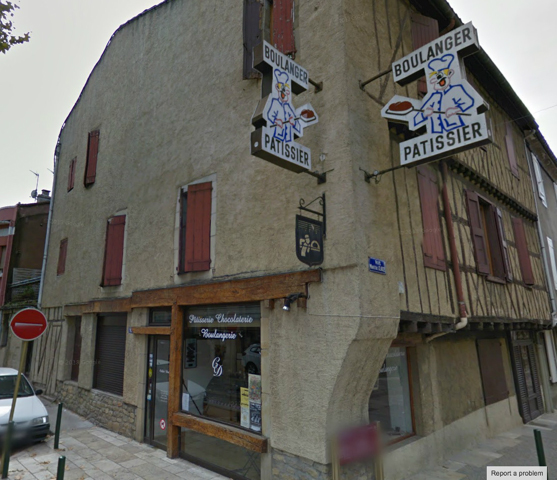
It took Gaston and I a week to find Diant’s bakery in Mirepoix. Now it is one of the many reasons why we keep returning to the region. Sadly, the rigours of running a bakery has changed even Diant’s business. He no longer offers the range of bread available even a few years ago. The menu is usually whittled down to everyday varieties sure to sell.
He was also closed for the first three weeks of this visit. Given that two bakeries on the town’s more-frequented central square have closed since we last visited, Gaston and I feel fortunate that the door to Diant’s establishment was locked only temporarily.
For his bread remains outstanding—the best bread in the region.
A French bread glossary
Baguette: a long, very thin loaf of bread
Pain: a loaf that is similar in shape and size to what North Americans call French bread
Boule: a round loaf of bread.
Pain traditionnel: country bread—often sourdough and made with rye, barley and even oat flour, in addition to wheat flour.

